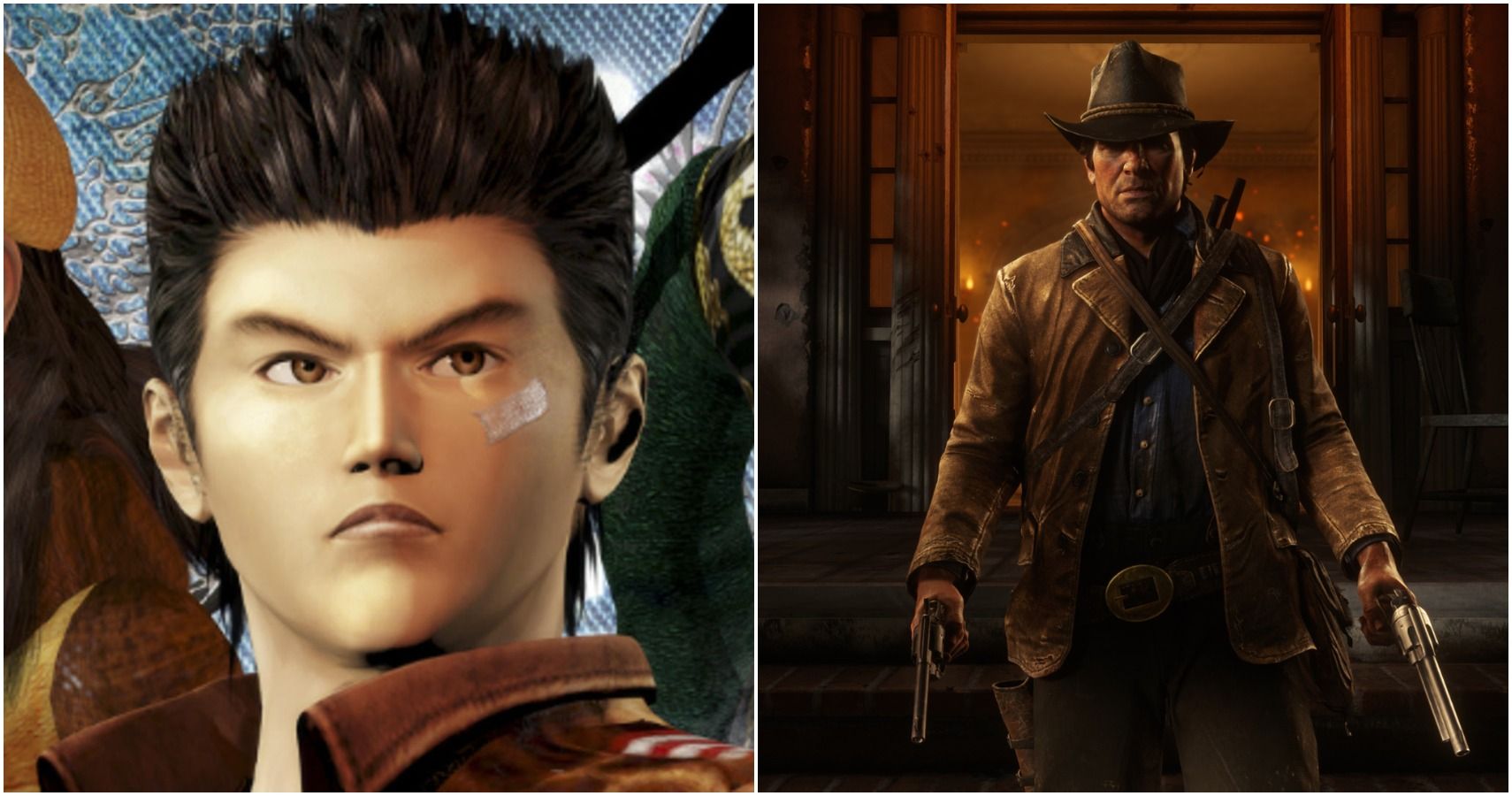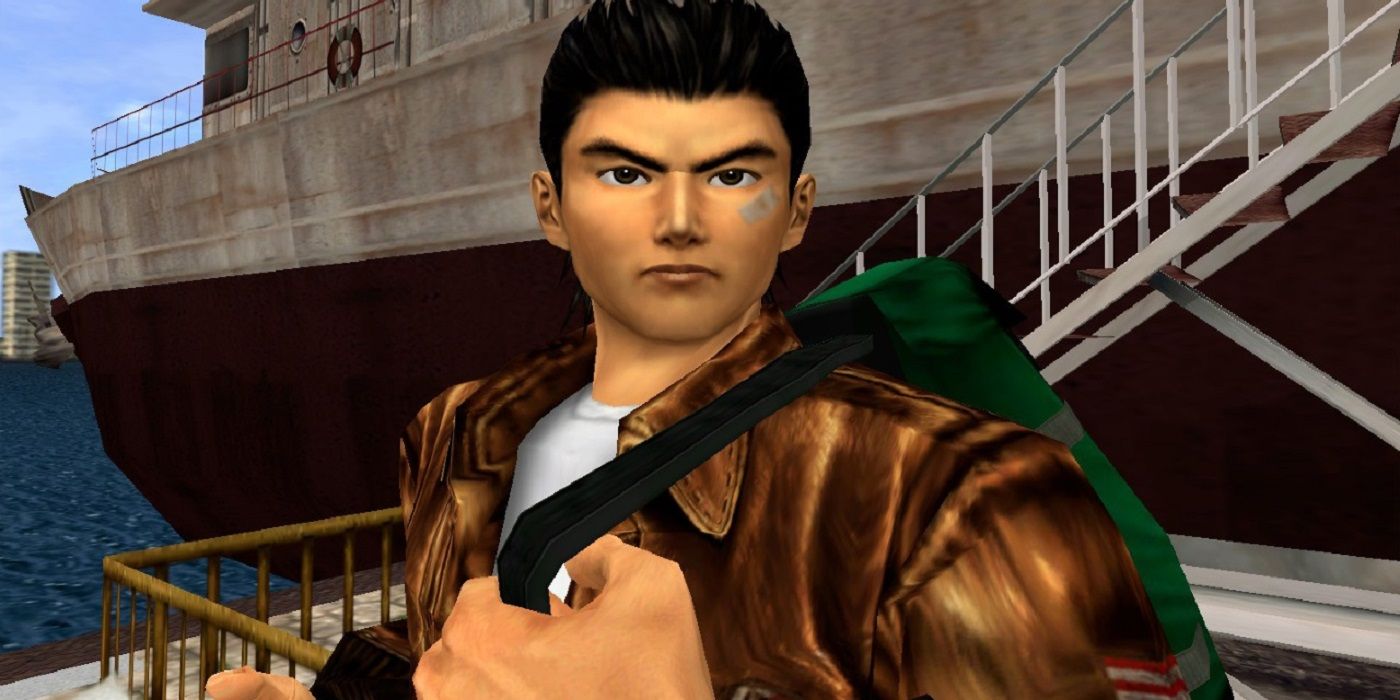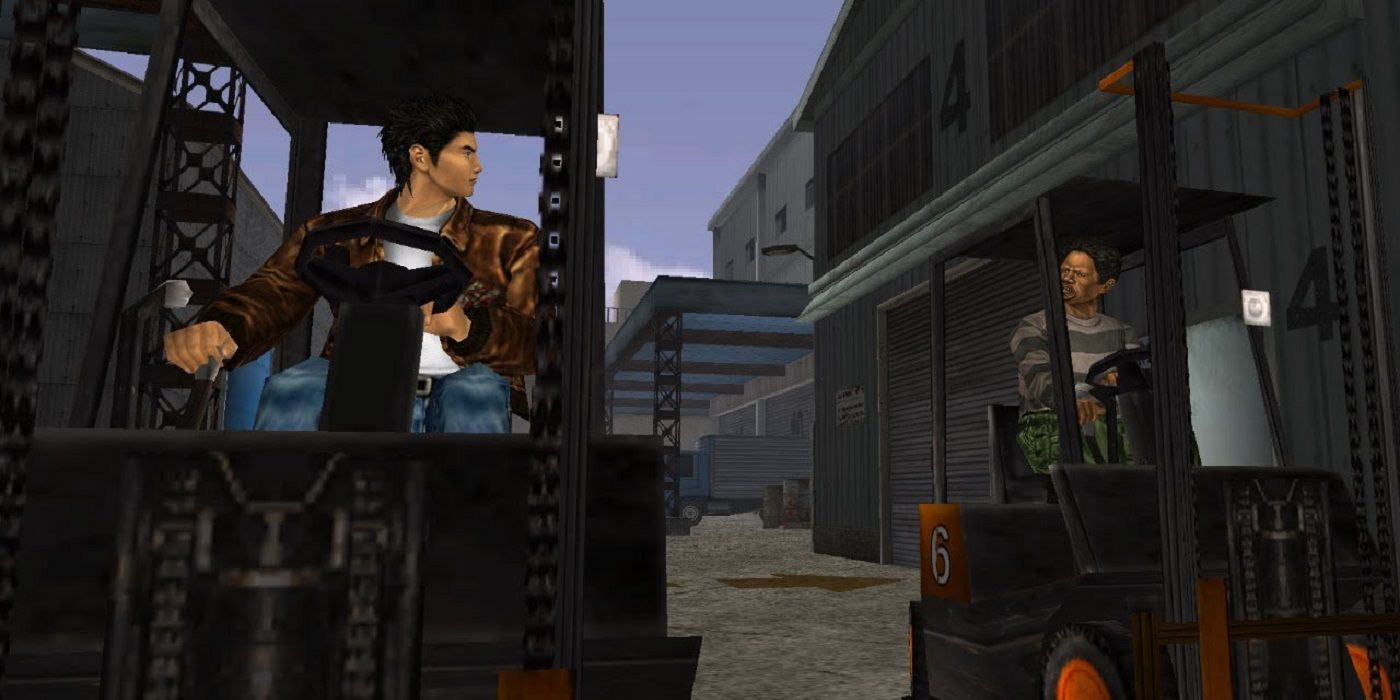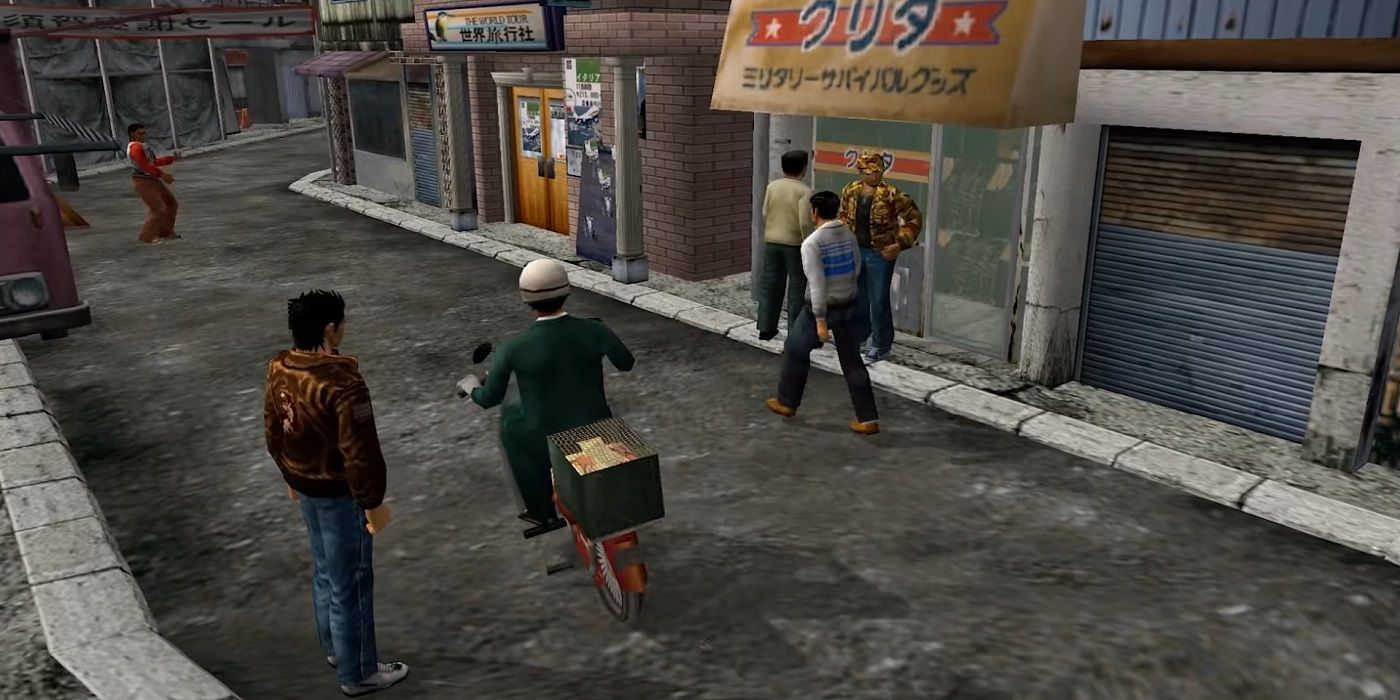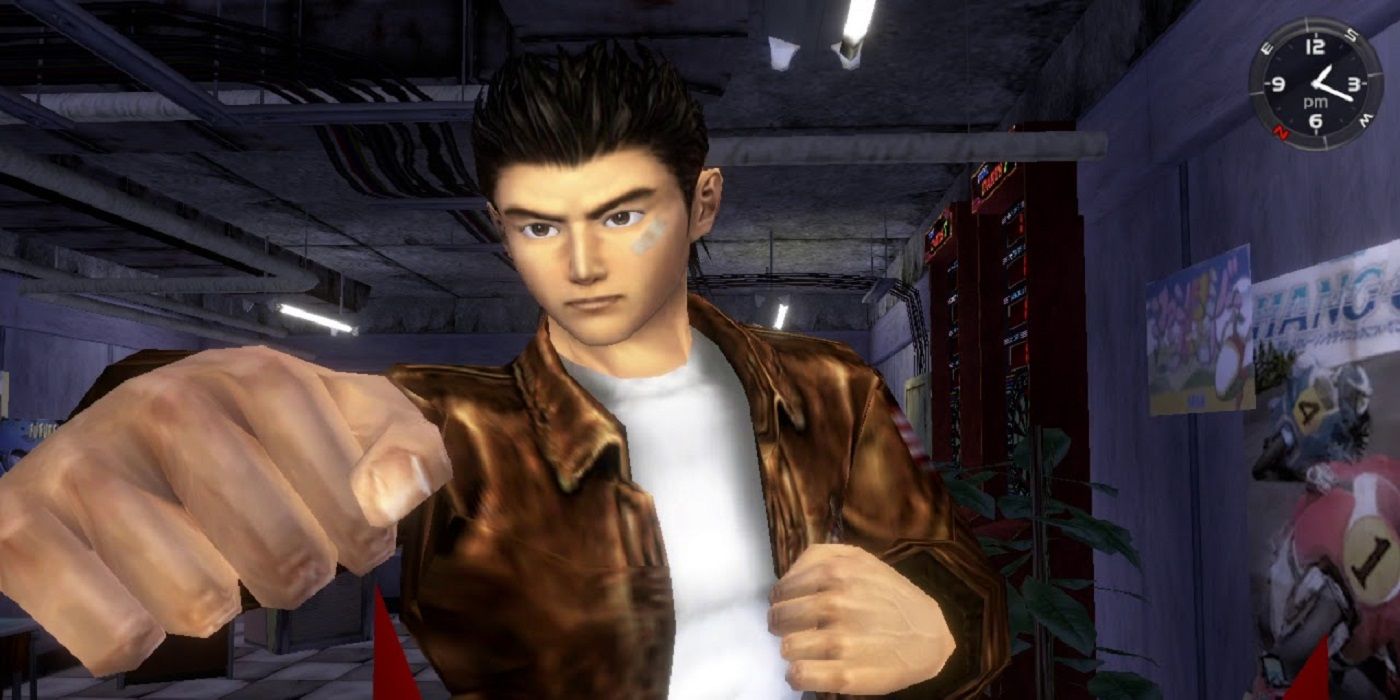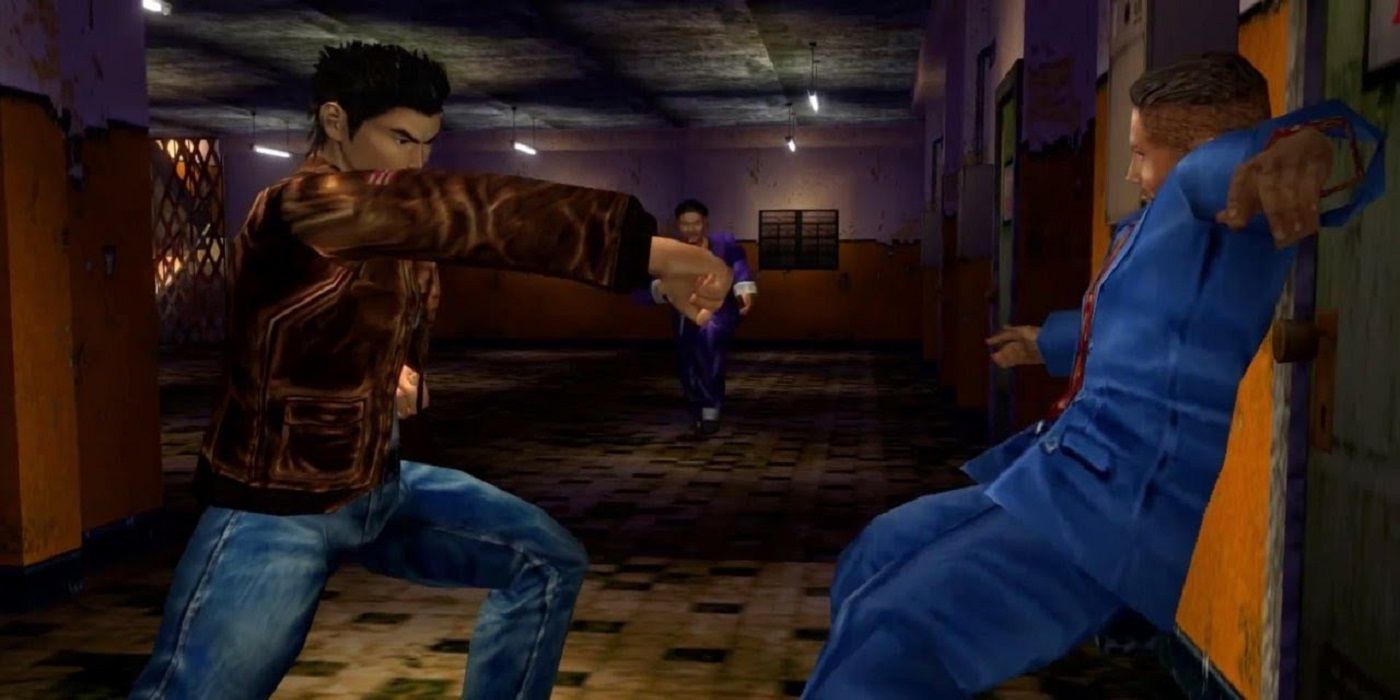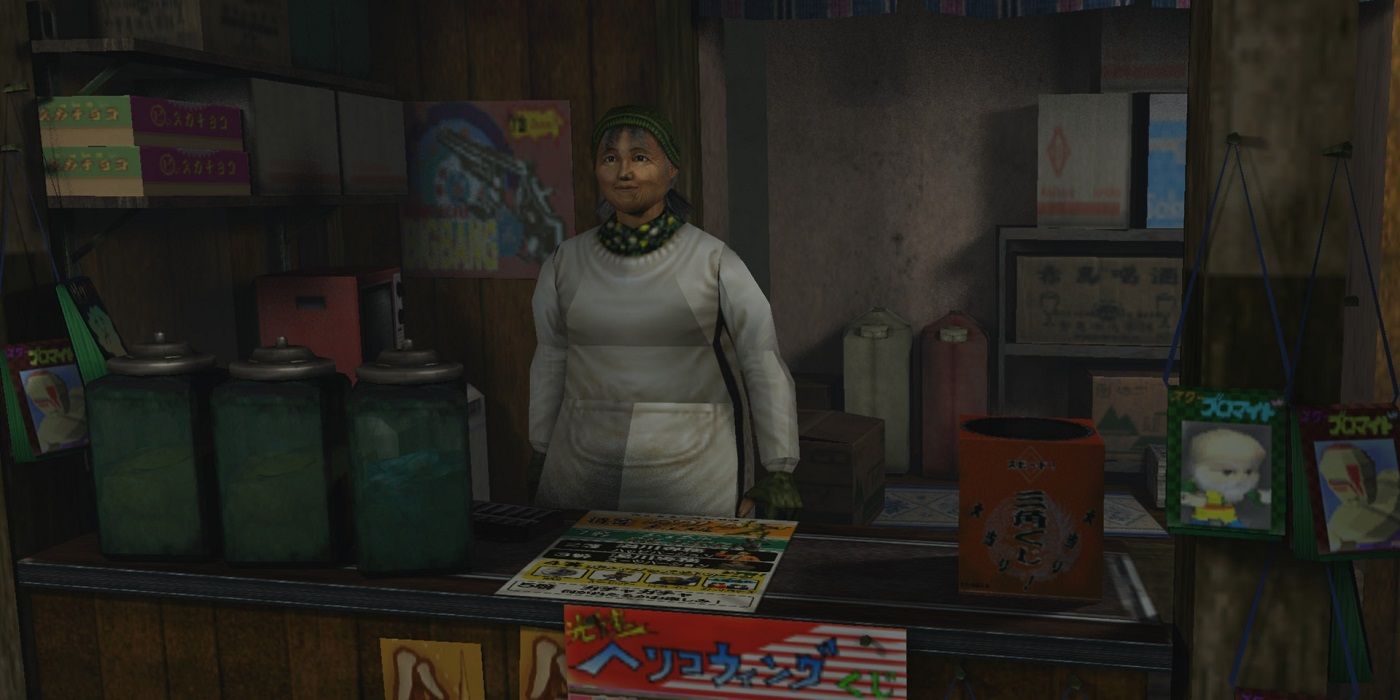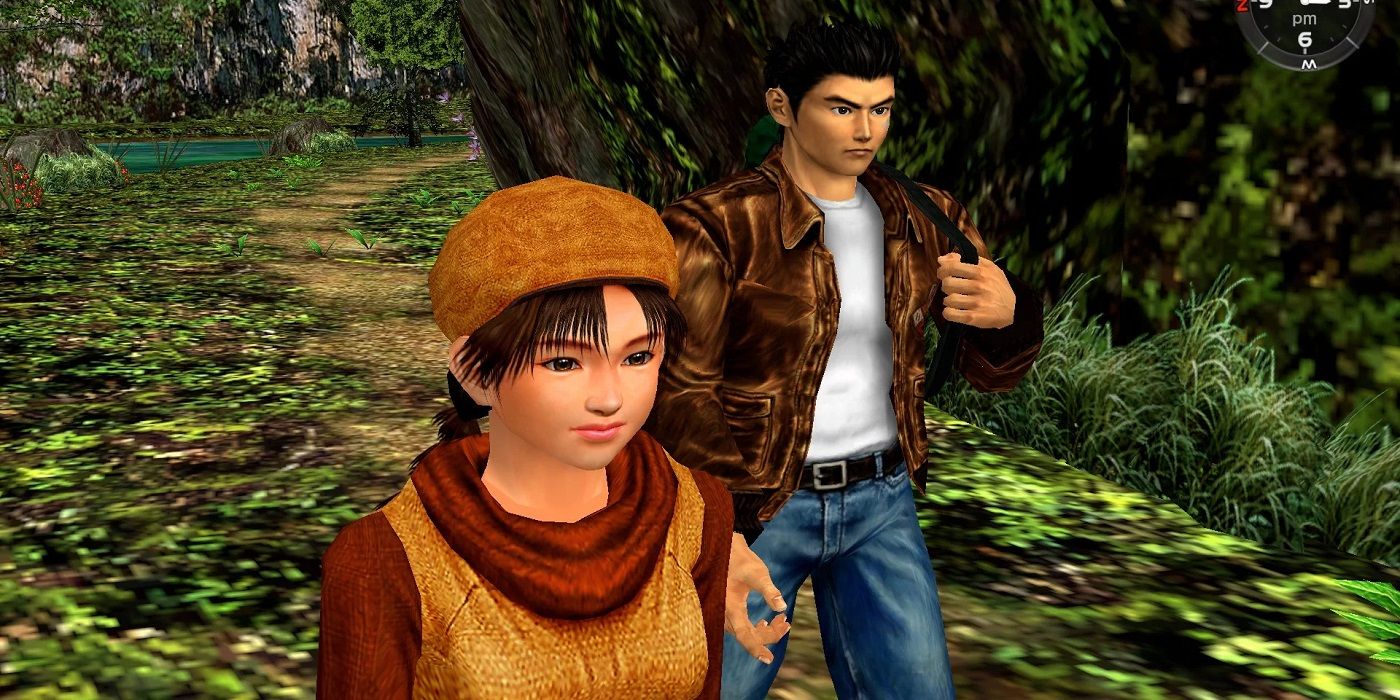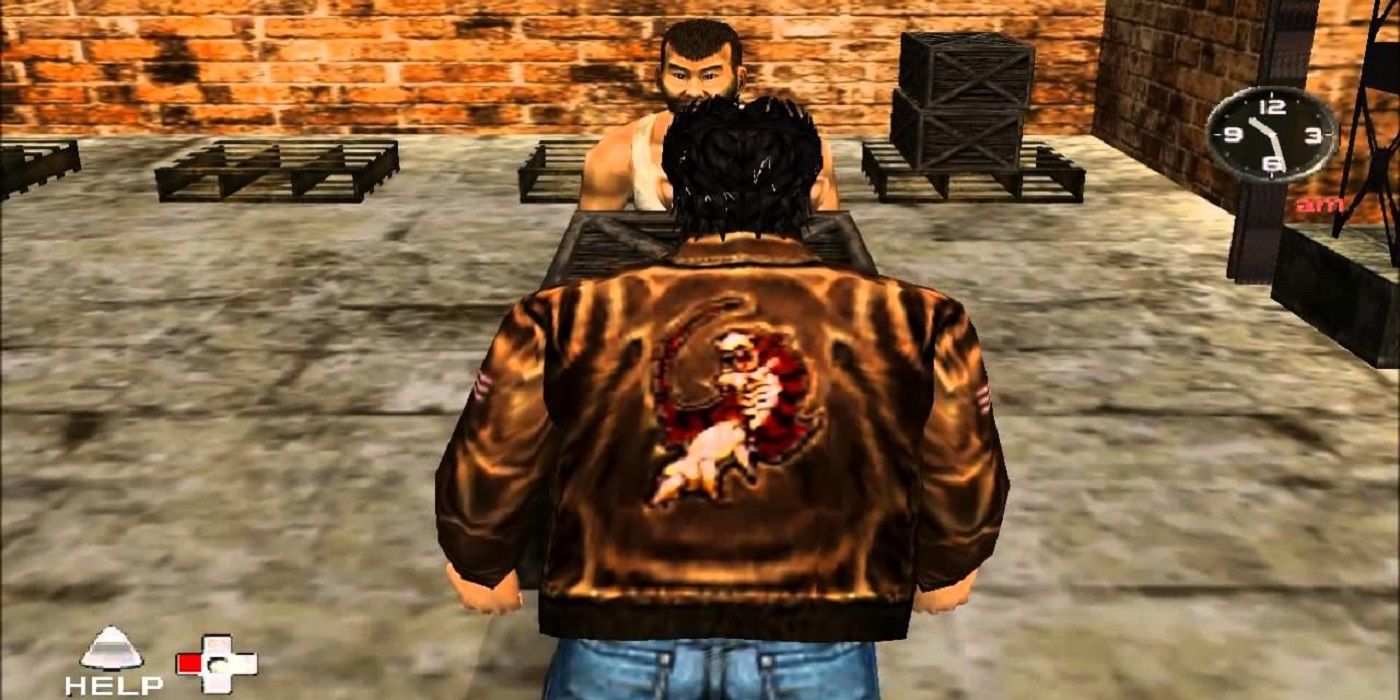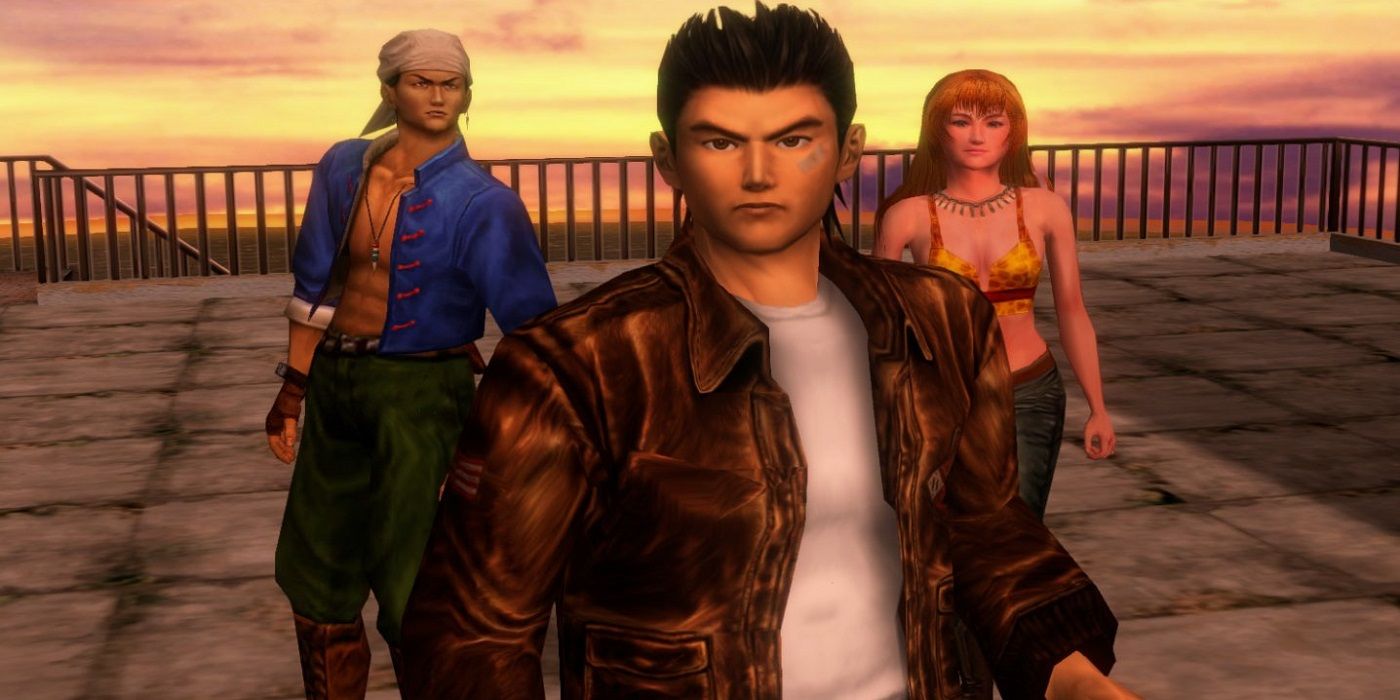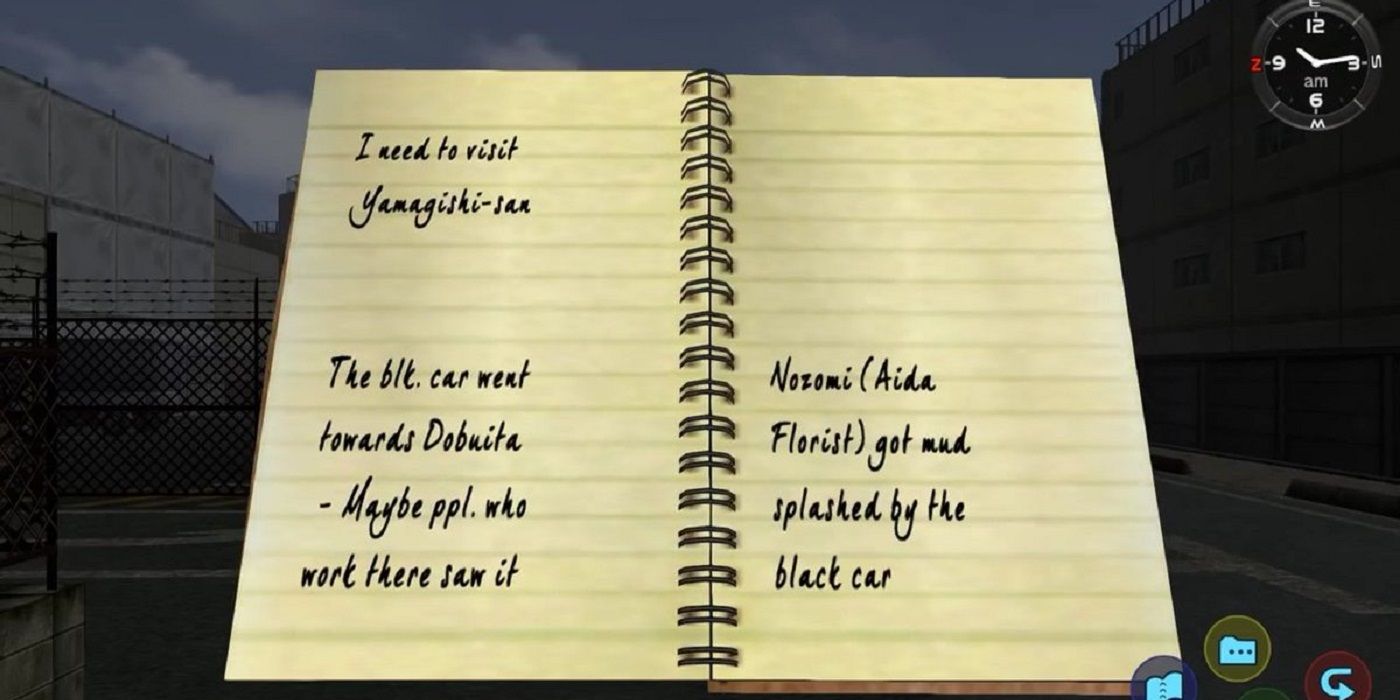The first two Shenmue games were landmark titles for Sega's Dreamcast. They reached for the stars when it came to open-world game play, immersion, and story telling. Newcomers shouldn't expect a typical experience, however, as Yu Suzuki's games are unlike anything else out there.
With Shenmue III slated for release in November, we thought it a good time to look back on the classics. They are certainly an acquired taste, but the almost twenty year old adventure titles still have value in the modern gaming landscape. Without further ado, here are ten lessons Shenmue can still teach to open-world games. This isn't saying modern open-world games are bad, however, as titles like Far Cry, The Division, and Assassin's Creed wouldn't be running this long if they weren't moving units and getting rave reviews.
10 Bigger Isn't Always Better
This one applies especially to the first game, which takes place almost entirely in a small section of Yokosuka, Japan and a harbor. Despite the minuscule map size, the developers managed to craft a fifteen to twenty-hour story. Players walk down the same streets countless times, but it never feels boring.
Instead, one gets more comfortable in the setting, feeling like the NPCs populating the city are truly their neighbors. Some games want the player to feel like a fish out of water, but Shenmue does a great job of making a foreign land feel like home, assuming the player isn't already from Yokosuka.
9 Slow And Steady
These days, convenience and streamlining is the name of the game. Developers constantly think of ways for players to get through things faster and easier than ever before. Most titles see improvement from this, but one has to realize the benefit of a slower experience as well. Ryo's deliberate movements force the player to absorb their surroundings.
Additionally, most objectives can only be completed at a certain time of day, meaning players have to wait around a bit and kill time talking to NPCs or engaging in a minigame. Red Dead Redemption 2 takes some cues from this, with the long horse rides and objectives like milking cows and building a house.
8 No Hand holding
Waypoints, objective markers, and quest logs are all common fare in gaming these days. They are certainly welcome additions, but they are also a part of a common complaint lobbied at the medium - hand-holding.
If a world is designed well enough, one should be able to make their way around without the use of such features. Shenmue rarely tells the player how to complete an objective, instead forcing them to talk to NPCs, one of whom inevitably helps Ryo. Even learning new moves for combat rarely gives the button inputs, making the player translate the master's instructions to the context of a controller.
7 Everything Makes Sense In The World
Shenmue isn't entirely void of gaming tropes, but they all have a place in the actual world. Maps exist and one can mark waypoints in the second game, but only after purchasing one on the street. If one is lost in Shenmue II, they can ask a civilian and most of them will gladly guide Ryo to his destination.
Even quick time events are logically mapped out on the controller, meaning most can guess the prompt by what is happening on screen before the button pops up.
6 Combat Doesn't Have To Be The Focus
Given Shenmue's origins as a Virtua Fighter spin-off, it goes without saying that combat plays a part. However, hand to hand combat takes up maybe fifteen percent of the time spent playing.
Exploring, engaging with NPCs, and discovering secrets about the story occur more often than fisticuffs. Fighting is a tool to progress the story, and only used when it makes sense in context. In the first game, Ryo doesn't enter a bout until several hours into the game.
5 It's The Little Things
The games' modest map sizes have already been established, but Shenmue is big where it counts. Large worlds aren't what make games feel alive. Instead, it's the details within them. NPCs with unique dialogue, stores all with their own interiors, and a day and night cycle with a schedule players must adhere to all add up to create a vibrant world.
Compare this with other modern open-world games. Many of them are huge, but feel empty and there is often nothing interesting to do.
4 Variety
Shenmue II features three distinct play areas. The first two are cities, but one is the bustling Hong Kong while the other is the dirty and dangerous Kowloon. Then, out of the blue, players are transported to a rural area where they spend a significant amount of time walking through nature.
The jump to a different setting is not dissimilar to Guarma from Red Dead Redemption 2, where Arthur Morgan spends so much time in the United States that the small detour on the island feels like a different game.
3 Simulation Doesn't Have To Be Boring
Not every open-world game's goal is to feel like real life. Some want their areas to feel more like sandboxes or playgrounds. One should always keep in mind, however, that simulation isn't synonymous with boredom. Some people play games to get away from real life, but there is also value in being transported to a realistic world somebody is unlikely to ever visit.
Working on a dock in real life probably isn't fun or fulfilling for most - though we mean no disrespect to any readers working in a similar profession - but in the game it helps connect players with Ryo.
2 Great Graphics Don't Make Immersion
Graphics are the first thing to age in gaming. These two games looked magnificent upon release, but were surpassed in just a couple of years when the PS2, Xbox, and GameCube were dropping titles left and right.
However, other aspects of its design hold up and the game still achieves its goal of creating a living world. It's like a successful marriage; looks may fade with time but one should love their partner for more than just their beauty.
1 No Checklists
Some people cannot even start open-world games for the massive amount of optional content and checklists put into the menus. Completionists aren't happy until a game is beaten one hundred percent, so they usually don't end up starting one at all if they feel like they cannot make that commitment. Shenmue and its sequel have a slew of optional activities and even some small side quests, but none of them are put into a checklist or quest log.
The map also isn't dotted with little question marks denoting objectives. The closest it gets to this is Ryo's notebook, where he jots down the most vital information.

